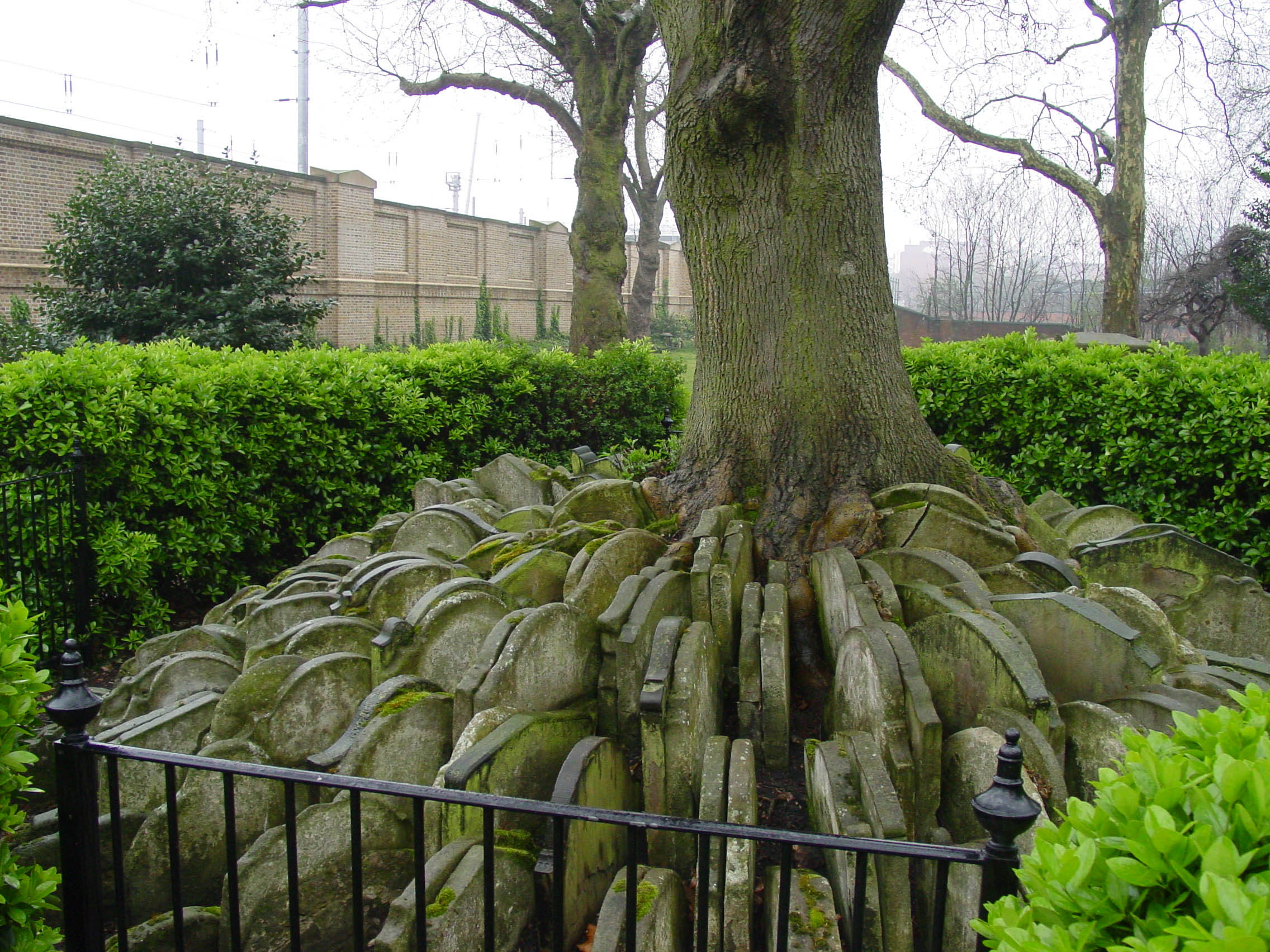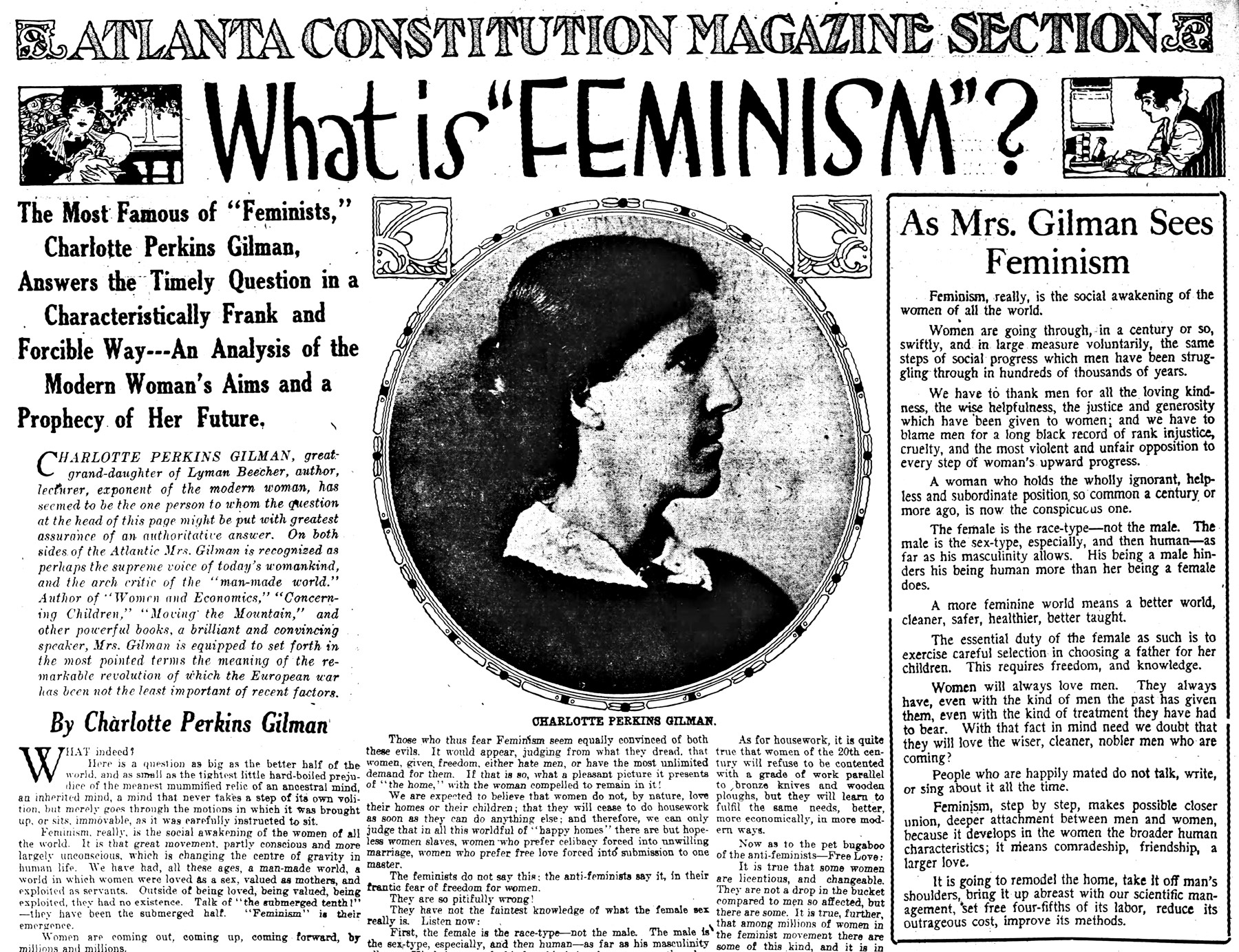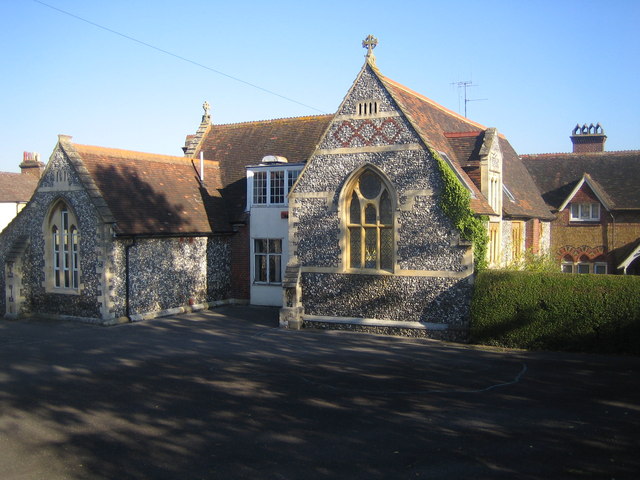|
Tess Of The D’Urbervilles
''Tess of the d'Urbervilles: A Pure Woman'' is the twelfth published novel by English author Thomas Hardy. It initially appeared in a censored and serialised version, published by the British illustrated newspaper ''The Graphic'' in 1891, then in book form in three volumes in 1891, and as a single volume in 1892. Although now considered a major novel of the 19th century, ''Tess of the d'Urbervilles'' received mixed reviews when it first appeared, in part because it challenged the sexual morals of late Victorian England. The novel is set in an impoverished rural England, Thomas Hardy's fictional Wessex. Plot The Maiden Tess Durbeyfield, a country girl of 16, is the eldest child of John Durbeyfield, a haggler, and his wife Joan. When the local parson tells John that "Durbeyfield" is a corruption of "D'Urberville" and that he is descended from an ancient Norman family, John celebrates by getting drunk. Tess drives to market in her father's place, but falls asleep at the reins; t ... [...More Info...] [...Related Items...] OR: [Wikipedia] [Google] [Baidu] |
Thomas Hardy
Thomas Hardy (2 June 1840 – 11 January 1928) was an English novelist and poet. A Literary realism, Victorian realist in the tradition of George Eliot, he was influenced both in his novels and in his poetry by Romanticism, including the poetry of William Wordsworth. He was highly critical of much in Victorian era, Victorian society, especially on the declining status of rural people in Britain such as those from his native South West England. While Hardy wrote poetry throughout his life and regarded himself primarily as a poet, his first collection was not published until 1898. Initially, he gained fame as the author of novels such as ''Far from the Madding Crowd'' (1874), ''The Mayor of Casterbridge'' (1886), ''Tess of the d'Urbervilles'' (1891) and ''Jude the Obscure'' (1895). During his lifetime, Hardy's poetry was acclaimed by younger poets (particularly the Georgian Poetry, Georgians) who viewed him as a mentor. After his death his poems were lauded by Ezra Pound, W. H. Au ... [...More Info...] [...Related Items...] OR: [Wikipedia] [Google] [Baidu] |
Stonehenge
Stonehenge is a prehistoric Megalith, megalithic structure on Salisbury Plain in Wiltshire, England, west of Amesbury. It consists of an outer ring of vertical sarsen standing stones, each around high, wide, and weighing around 25 tons, topped by connecting horizontal lintel stones, held in place with mortise and tenon joints, a feature unique among contemporary monuments. Inside is a ring of smaller bluestones. Inside these are free-standing trilithons, two bulkier vertical sarsens joined by one lintel. The whole monument, now ruinous, is aligned towards the sunrise on the summer solstice and sunset on the winter solstice. The stones are set within Earthwork (archaeology), earthworks in the middle of the densest complex of Neolithic British Isles, Neolithic and Bronze Age Britain, Bronze Age monuments in England, including several hundred ''tumuli'' (burial mounds). Stonehenge was constructed in several phases beginning about 3100 BC and continuing until about 1600 B ... [...More Info...] [...Related Items...] OR: [Wikipedia] [Google] [Baidu] |
Florence Dixie
Lady Florence Caroline Dixie (née Douglas; 24 May 18557 November 1905) was a Scottish writer, war correspondent, and feminism, feminist. Her account of travelling ''Across Patagonia'', her children's books ''The Young Castaways'' and ''Aniwee; or, The Warrior Queen'', and her feminist utopia ''Gloriana; or, The Revolution of 1900'' all deal with feminist themes related to girls, women, and their positions in society. Early life Born in Cummertrees, Dumfries, Scotland on 24 May 1855, Lady Florence Douglas was the daughter of Caroline Douglas, Caroline Margaret Clayton, daughter of Sir William Clayton, 5th Baronet, General Sir William Clayton, 5th Baronet, Member of Parliament for Great Marlow (UK Parliament constituency), Great Marlow,''DIXIE, Lady Florence, poet, novelist, writer; explorer and a keen champion of Woman's Rights'' in ''Who Was Who'' online a7345683at xreferplus.com (subscription required), accessed 11 March 2008 and Archibald Douglas, 8th Marquess of Queensberry ... [...More Info...] [...Related Items...] OR: [Wikipedia] [Google] [Baidu] |
First-wave Feminism
First-wave feminism was a period of feminist activity and thought that occurred during the 19th and early 20th century throughout the Western world. It focused on De jure, legal issues, primarily on securing women's right to vote. The term is often used synonymously with the kind of feminism espoused by the liberal feminism, liberal women's rights movement with roots in the first wave, with organizations such as the International Alliance of Women and its affiliates. This feminist movement still focuses on equality from a mainly legal perspective. The term ''first-wave feminism'' itself was coined by journalist Martha Lear in a ''New York Times Magazine'' article in March 1968, "The second-wave feminism, Second Feminist Wave: What do these women want?" First- wave feminism is characterized as focusing on the fight for women's political power, as opposed to ''de facto'' unofficial inequalities. The first wave of feminism generally advocated for Equal opportunity#Formal equality of ... [...More Info...] [...Related Items...] OR: [Wikipedia] [Google] [Baidu] |
National School (England And Wales)
A National school was a school founded in 19th-century England and Wales by the National Society for Promoting Religious Education. These schools provided elementary education, in accordance with the teaching of the Church of England, to the children of the poor. Together with the less numerous British schools of the British and Foreign School Society, they provided the first near-universal system of elementary education in England and Wales. The schools were eventually absorbed into the state system, either as fully state-run schools or as faith schools funded by the state. History Prior to 1800, education for poorer children was limited to isolated charity schools. In 1808 the Royal Lancastrian Society (later the British and Foreign School Society) was created to promote schools using the Monitorial System of Joseph Lancaster. The National Society was set up in 1811 to establish similar schools using the system of Dr. Andrew Bell, but based on the teachings of the Church ... [...More Info...] [...Related Items...] OR: [Wikipedia] [Google] [Baidu] |
The Guardian
''The Guardian'' is a British daily newspaper. It was founded in Manchester in 1821 as ''The Manchester Guardian'' and changed its name in 1959, followed by a move to London. Along with its sister paper, ''The Guardian Weekly'', ''The Guardian'' is part of the Guardian Media Group, owned by the Scott Trust Limited. The trust was created in 1936 to "secure the financial and editorial independence of ''The Guardian'' in perpetuity and to safeguard the journalistic freedom and liberal values of ''The Guardian'' free from commercial or political interference". The trust was converted into a limited company in 2008, with a constitution written so as to maintain for ''The Guardian'' the same protections as were built into the structure of the Scott Trust by its creators. Profits are reinvested in its journalism rather than distributed to owners or shareholders. It is considered a newspaper of record in the UK. The editor-in-chief Katharine Viner succeeded Alan Rusbridger in 2015. S ... [...More Info...] [...Related Items...] OR: [Wikipedia] [Google] [Baidu] |
Elizabeth Martha Brown
Elizabeth Martha Brown (c. 1811 – 9 August 1856), née Clark, was the last woman to be publicly hanged in Dorset, England. She was executed outside Dorchester Prison after being convicted of the murder of her second husband, John Brown, on 5 July, just thirty-five days earlier. The prosecution said she had attacked him with an axe after he had taken a whip to her.Morrison 2008 Background Among the crowd of 3,000–4,000 spectators who watched Brown's execution was the English novelist , aged 16 at the time, standing close to the .[...More Info...] [...Related Items...] OR: [Wikipedia] [Google] [Baidu] |
Bible
The Bible is a collection of religious texts that are central to Christianity and Judaism, and esteemed in other Abrahamic religions such as Islam. The Bible is an anthology (a compilation of texts of a variety of forms) originally written in Hebrew, Aramaic, and Koine Greek. The texts include instructions, stories, poetry, prophecies, and other genres. The collection of materials accepted as part of the Bible by a particular religious tradition or community is called a biblical canon. Believers generally consider it to be a product of divine inspiration, but the way they understand what that means and interpret the text varies. The religious texts were compiled by different religious communities into various official collections. The earliest contained the first five books of the Bible, called the Torah in Hebrew and the Pentateuch (meaning 'five books') in Greek. The second-oldest part was a collection of narrative histories and prophecies (the Nevi'im). The third co ... [...More Info...] [...Related Items...] OR: [Wikipedia] [Google] [Baidu] |
Paganism
Paganism (, later 'civilian') is a term first used in the fourth century by early Christians for people in the Roman Empire who practiced polytheism, or ethnic religions other than Christianity, Judaism, and Samaritanism. In the time of the Roman Empire, individuals fell into the pagan class either because they were increasingly rural and provincial relative to the Christian population, or because they were not '' milites Christi'' (soldiers of Christ).J. J. O'Donnell (1977)''Paganus'': Evolution and Use, ''Classical Folia'', 31: 163–69. Alternative terms used in Christian texts were '' hellene'', '' gentile'', and '' heathen''. Ritual sacrifice was an integral part of ancient Greco-Roman religion and was regarded as an indication of whether a person was pagan or Christian. Paganism has broadly connoted the "religion of the peasantry". During and after the Middle Ages, the term ''paganism'' was applied to any non-Christian religion, and the term presumed a belief in fal ... [...More Info...] [...Related Items...] OR: [Wikipedia] [Google] [Baidu] |
Robert Louis Stevenson
Robert Louis Stevenson (born Robert Lewis Balfour Stevenson; 13 November 1850 – 3 December 1894) was a Scottish novelist, essayist, poet and travel writer. He is best known for works such as ''Treasure Island'', ''Strange Case of Dr Jekyll and Mr Hyde'', ''Kidnapped (novel), Kidnapped'' and ''A Child's Garden of Verses''. Born and educated in Edinburgh, Stevenson suffered from serious bronchial trouble for much of his life but continued to write prolifically and travel widely in defiance of his poor health. As a young man, he mixed in London literary circles, receiving encouragement from Sidney Colvin, Andrew Lang, Edmund Gosse, Leslie Stephen and William Ernest Henley, W. E. Henley, the last of whom may have provided the model for Long John Silver in ''Treasure Island''. In 1890, he settled in Samoa where, alarmed at increasing European and American influence in the Polynesia, South Sea islands, his writing turned from Romance (literary fiction), romance and adven ... [...More Info...] [...Related Items...] OR: [Wikipedia] [Google] [Baidu] |
Henry James
Henry James ( – ) was an American-British author. He is regarded as a key transitional figure between literary realism and literary modernism, and is considered by many to be among the greatest novelists in the English language. He was the son of Henry James Sr. and the brother of Philosophy, philosopher and psychologist William James and diarist Alice James. He is best known for his novels dealing with the social and marital interplay between ''émigré ''Americans, the English, and continental Europeans, such as ''The Portrait of a Lady''. His later works, such as ''The Ambassadors'', ''The Wings of the Dove'' and ''The Golden Bowl'' were increasingly experimental. In describing the internal states of mind and social dynamics of his characters, James often wrote in a style in which ambiguous or contradictory motives and impressions were overlaid or juxtaposed in the discussion of a character's psyche. For their unique ambiguity, as well as for other aspects of their compos ... [...More Info...] [...Related Items...] OR: [Wikipedia] [Google] [Baidu] |
Industrial Revolution
The Industrial Revolution, sometimes divided into the First Industrial Revolution and Second Industrial Revolution, was a transitional period of the global economy toward more widespread, efficient and stable manufacturing processes, succeeding the Second Agricultural Revolution. Beginning in Kingdom of Great Britain, Great Britain around 1760, the Industrial Revolution had spread to continental Europe and the United States by about 1840. This transition included going from craft production, hand production methods to machines; new Chemical industry, chemical manufacturing and Puddling (metallurgy), iron production processes; the increasing use of Hydropower, water power and Steam engine, steam power; the development of machine tools; and rise of the mechanisation, mechanised factory system. Output greatly increased, and the result was an unprecedented rise in population and population growth. The textile industry was the first to use modern production methods, and textiles b ... [...More Info...] [...Related Items...] OR: [Wikipedia] [Google] [Baidu] |










